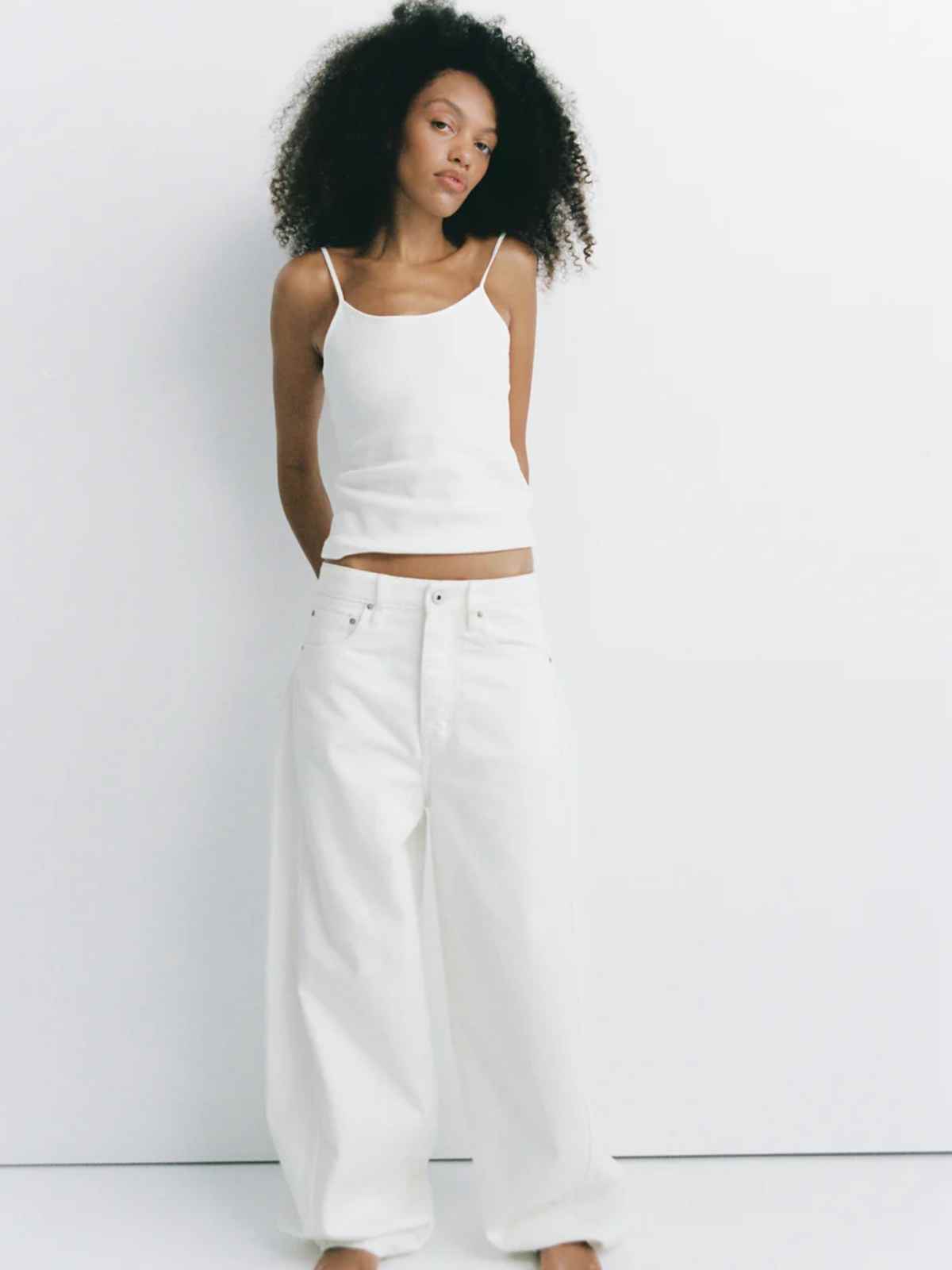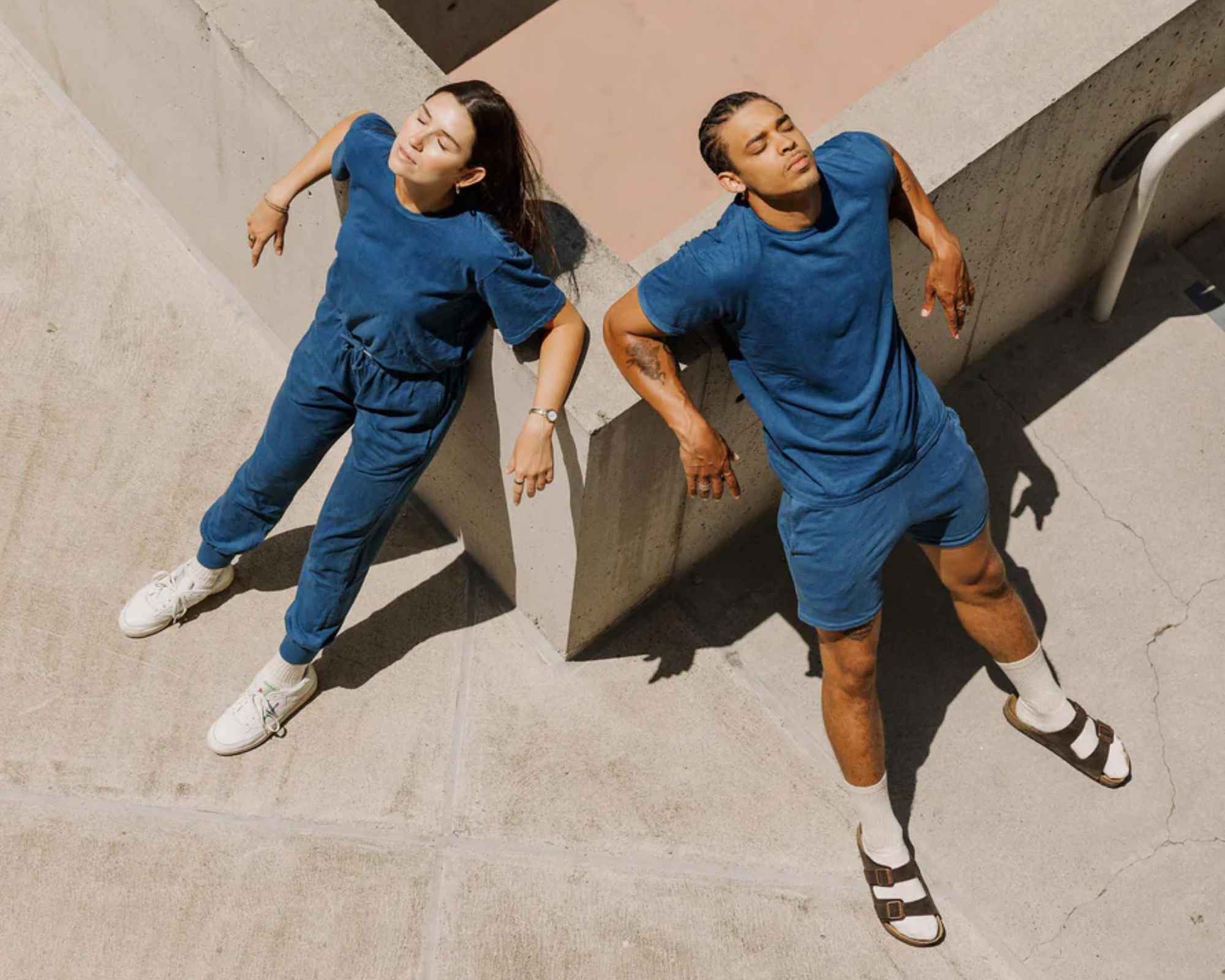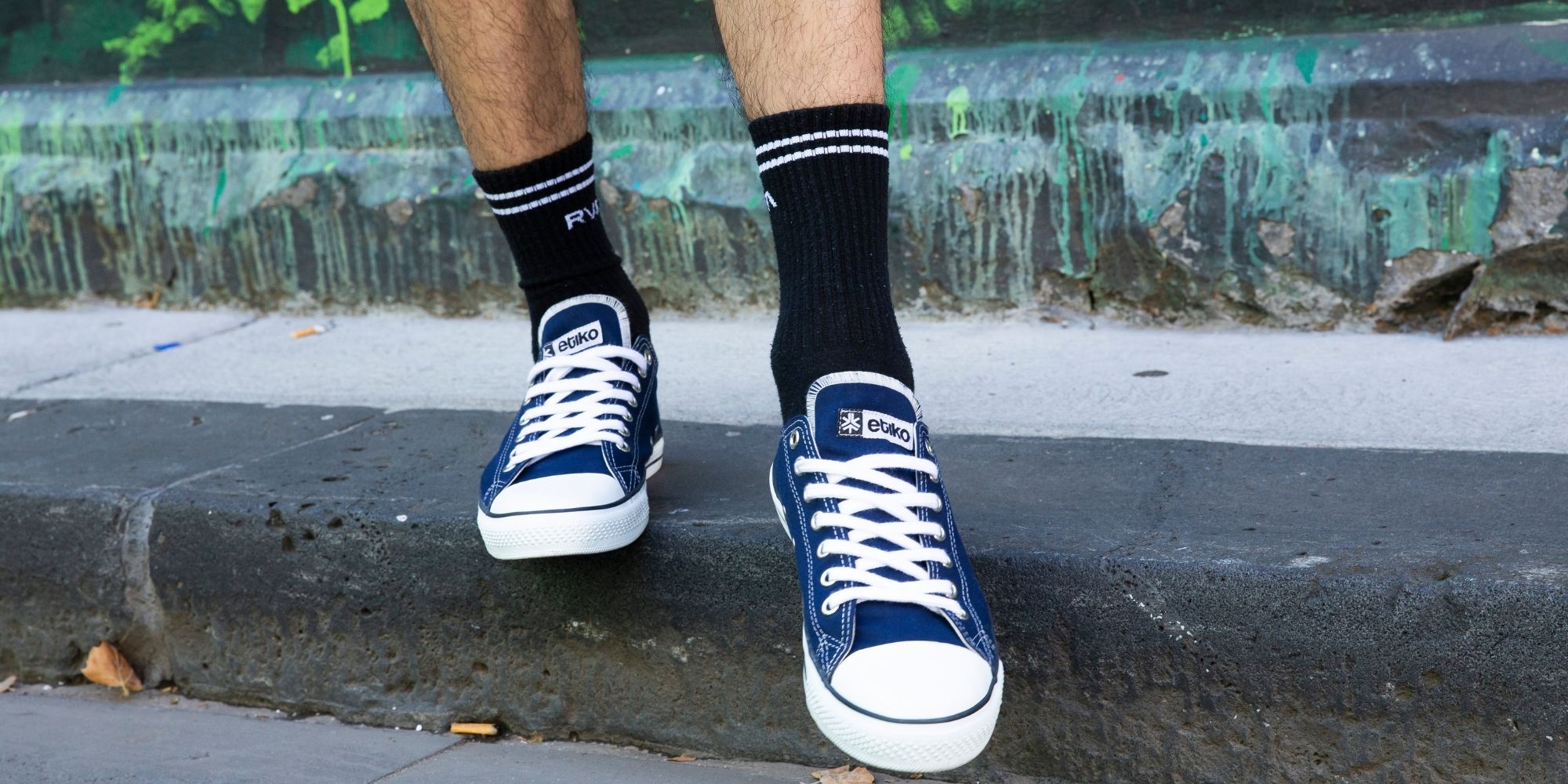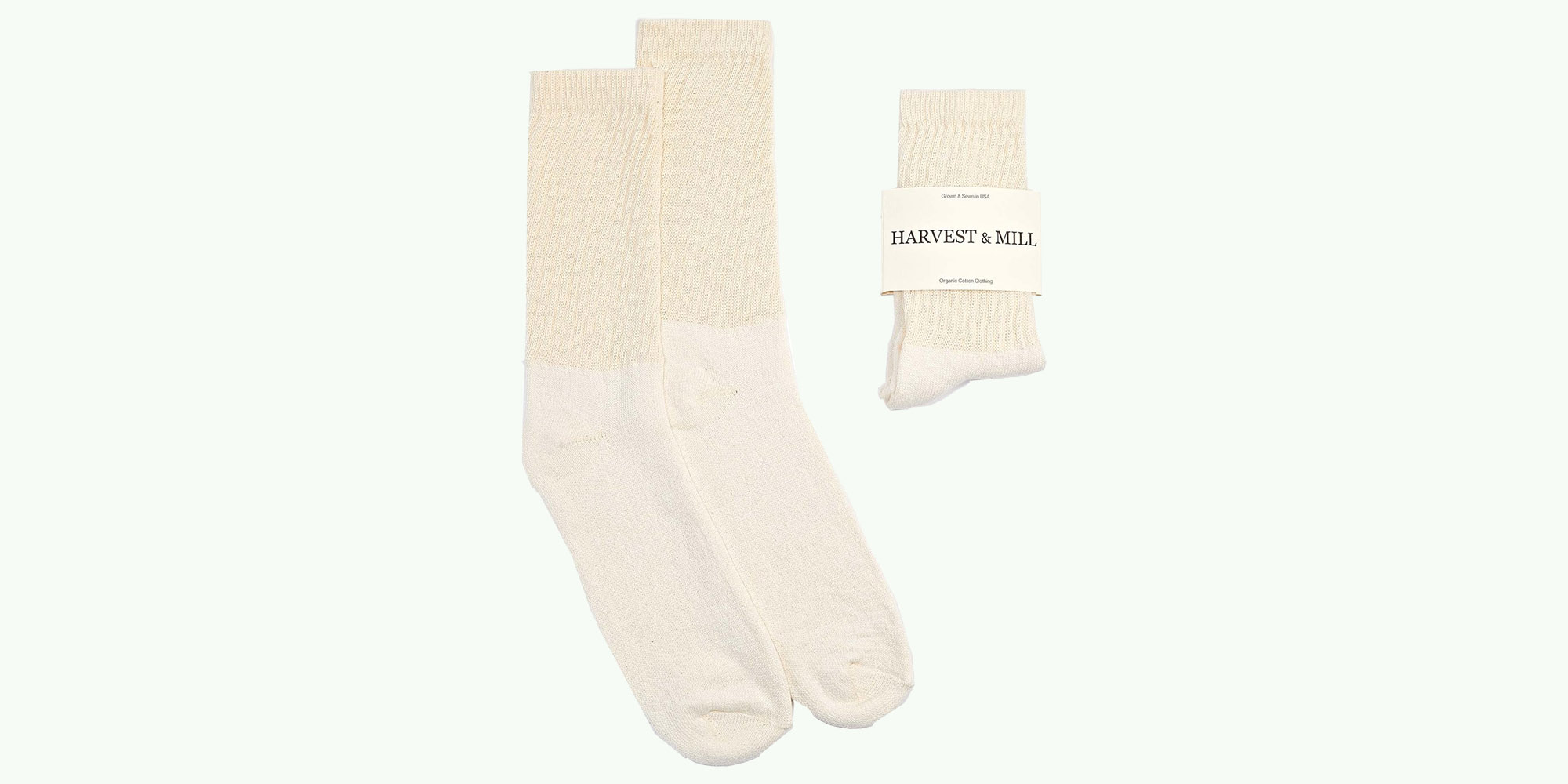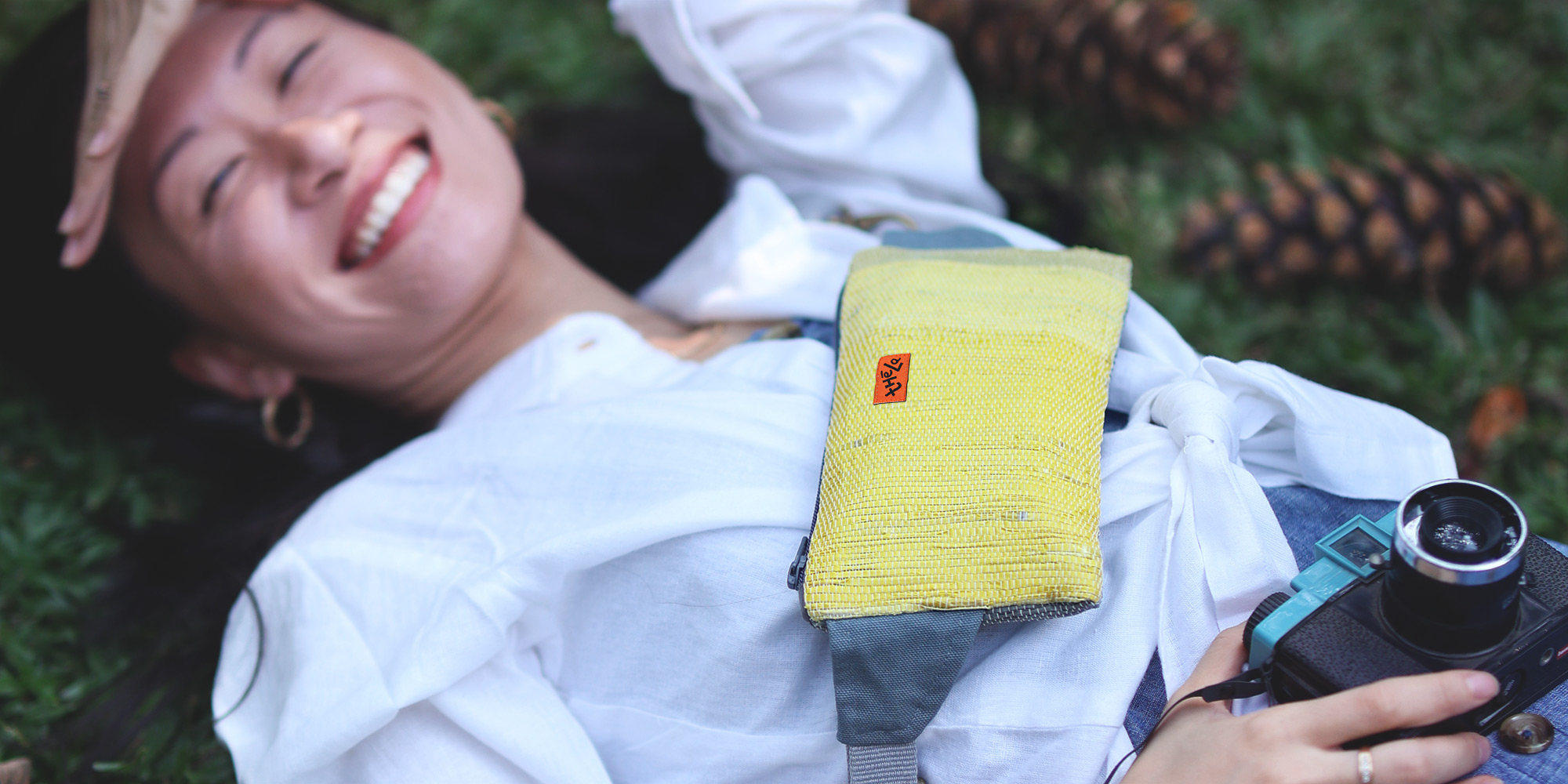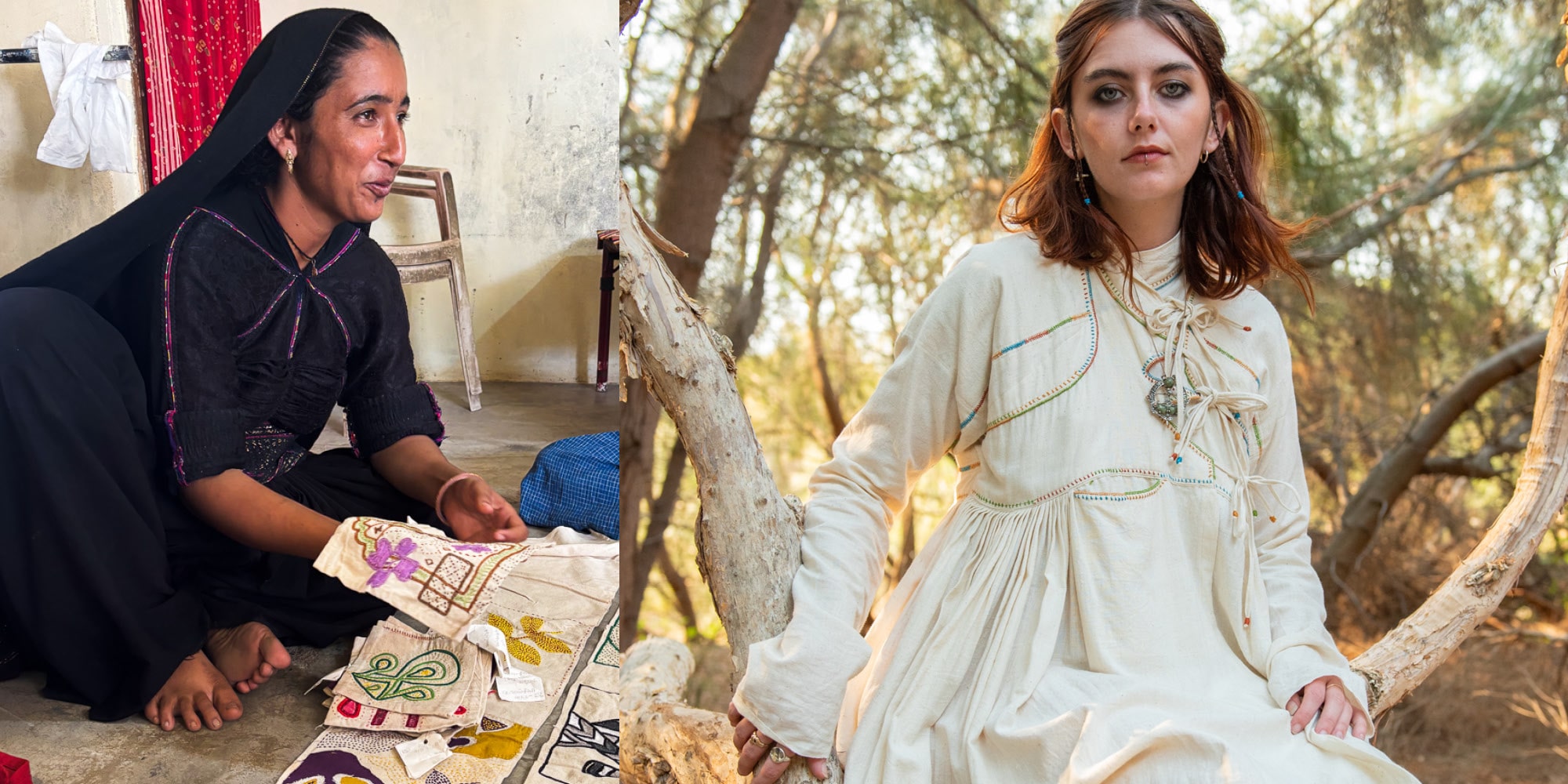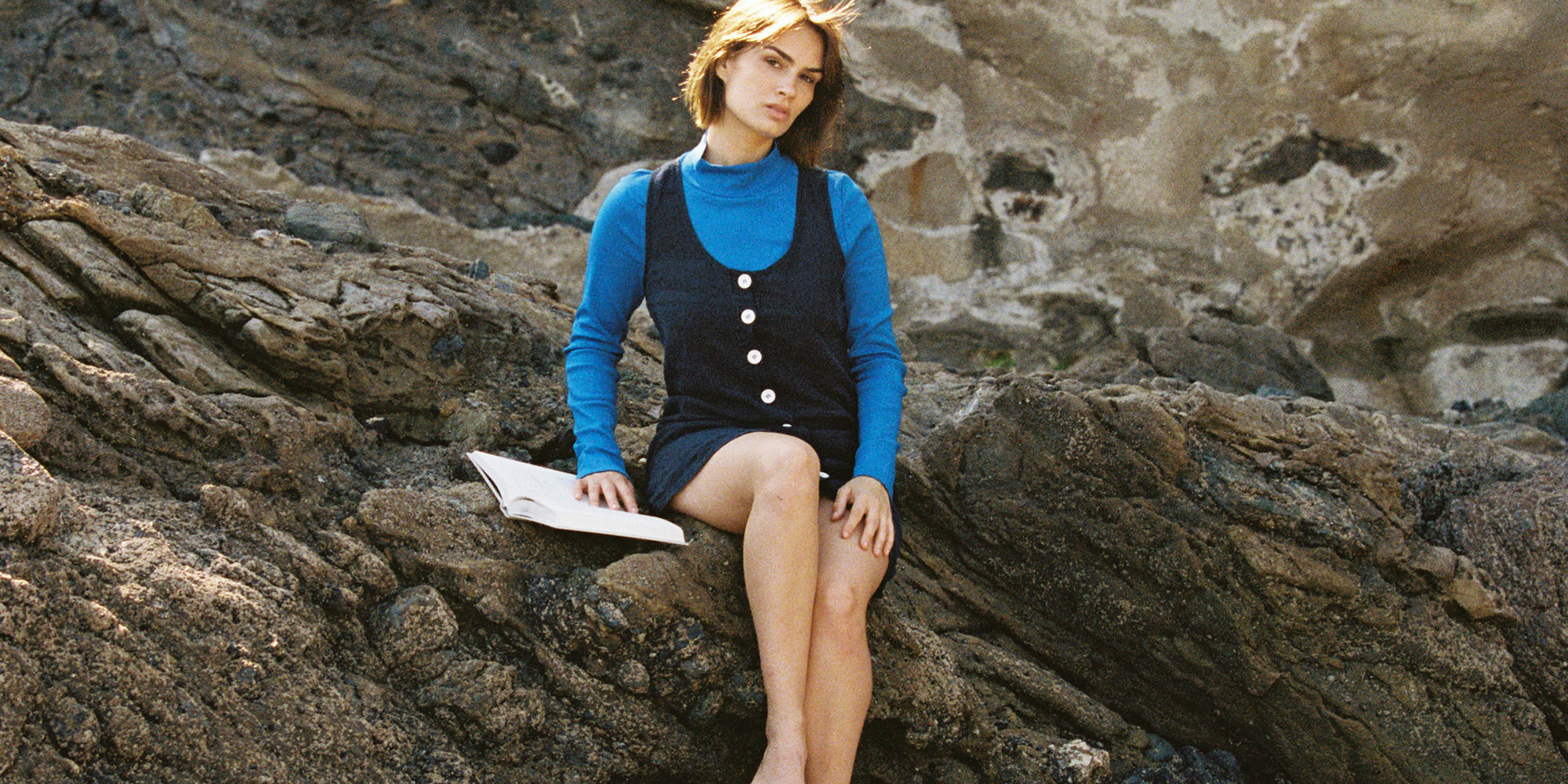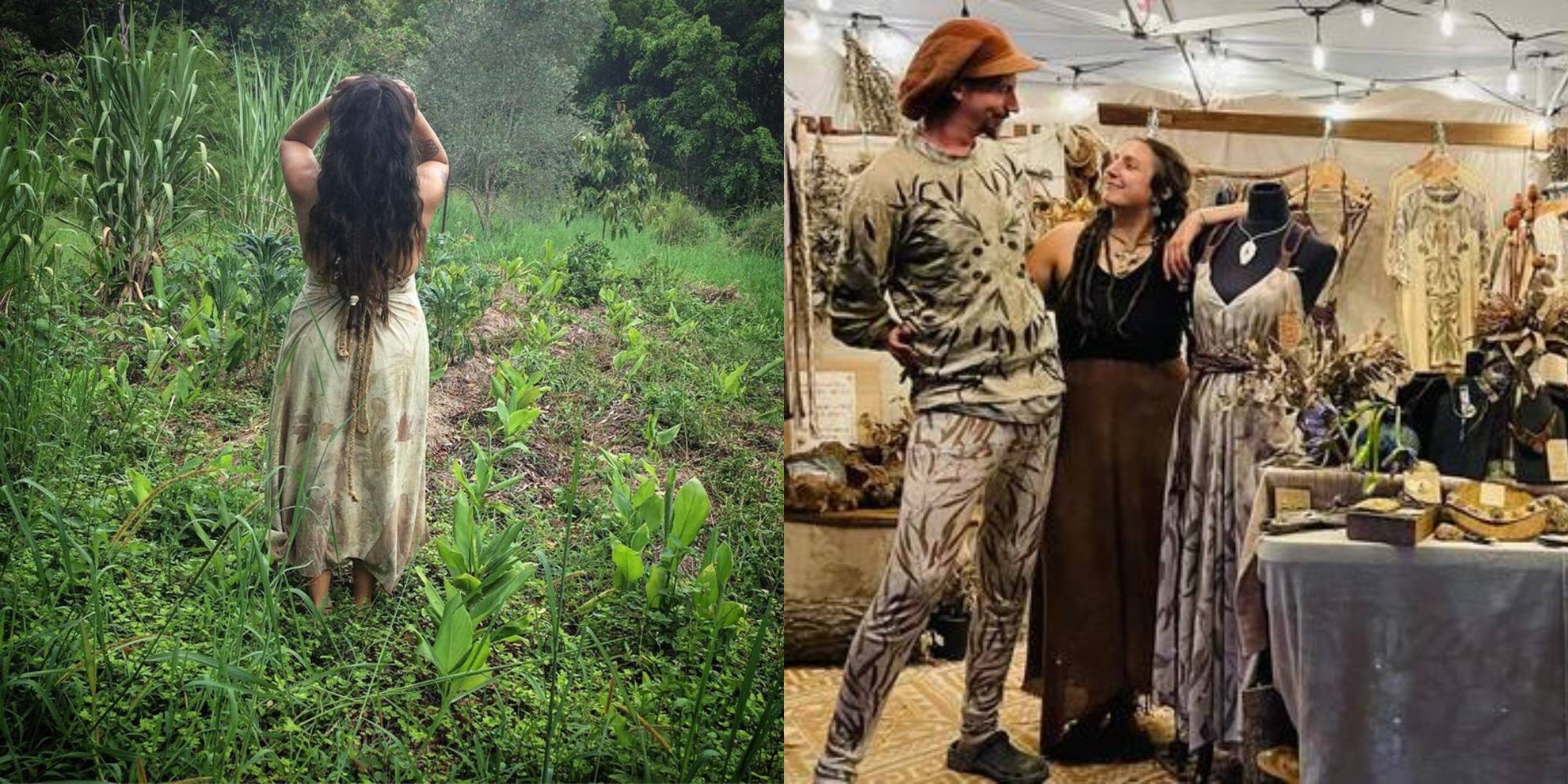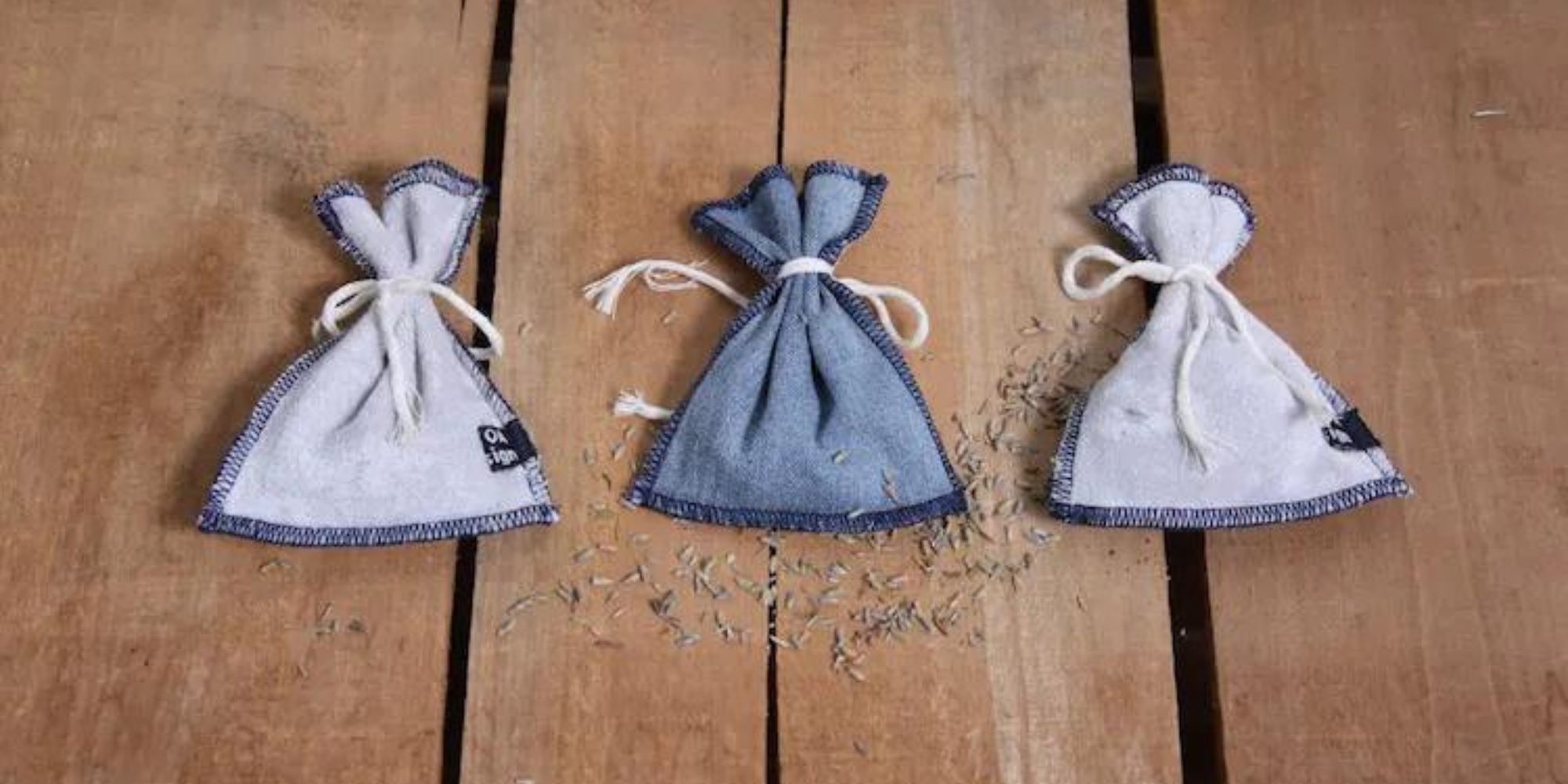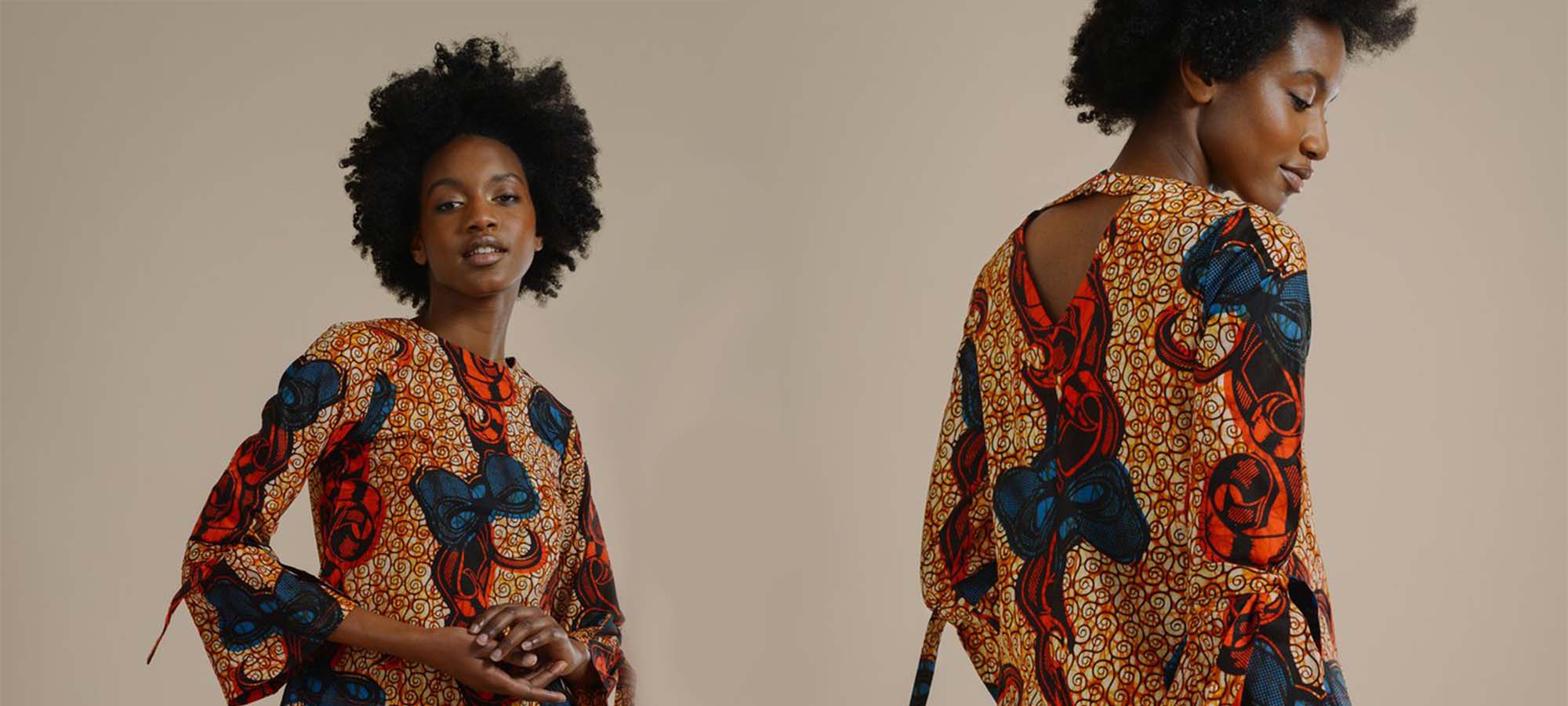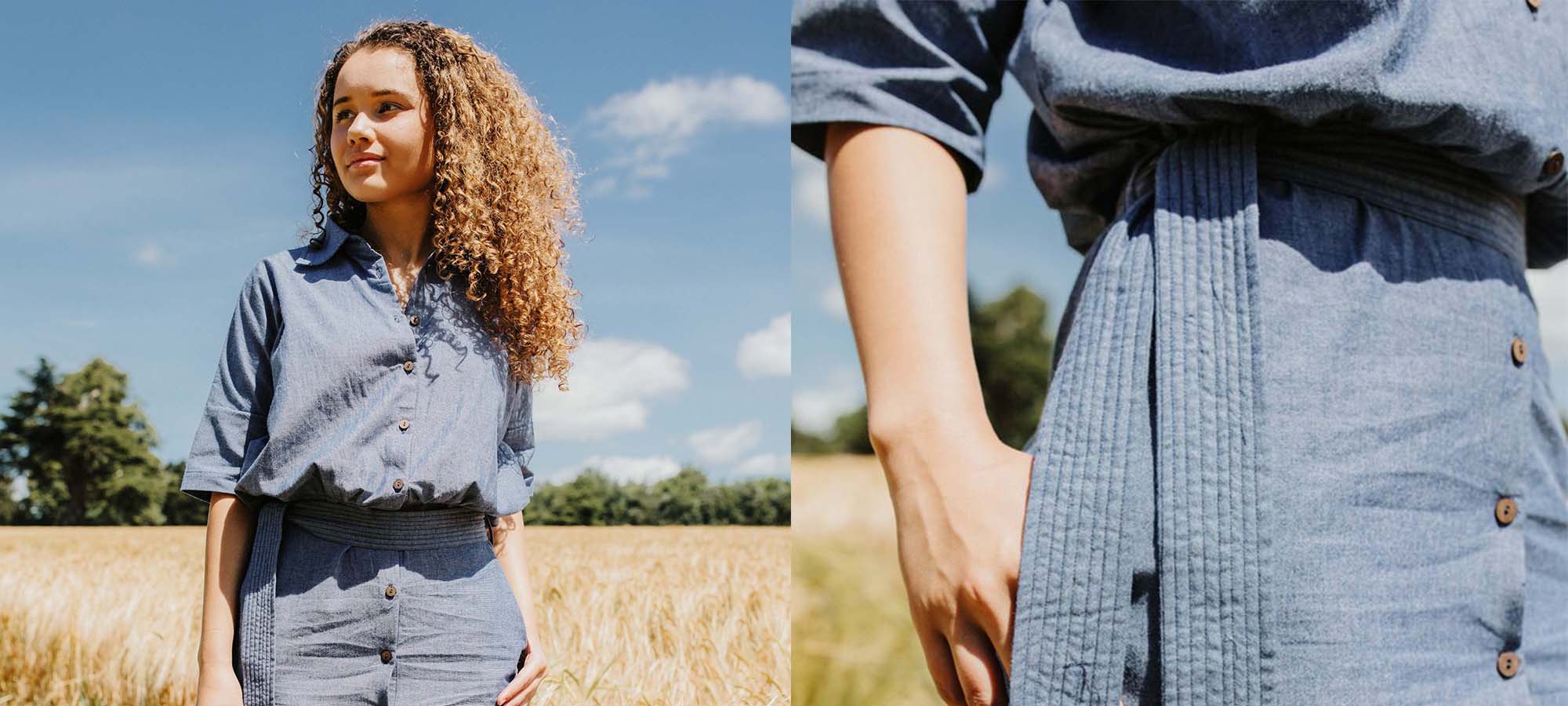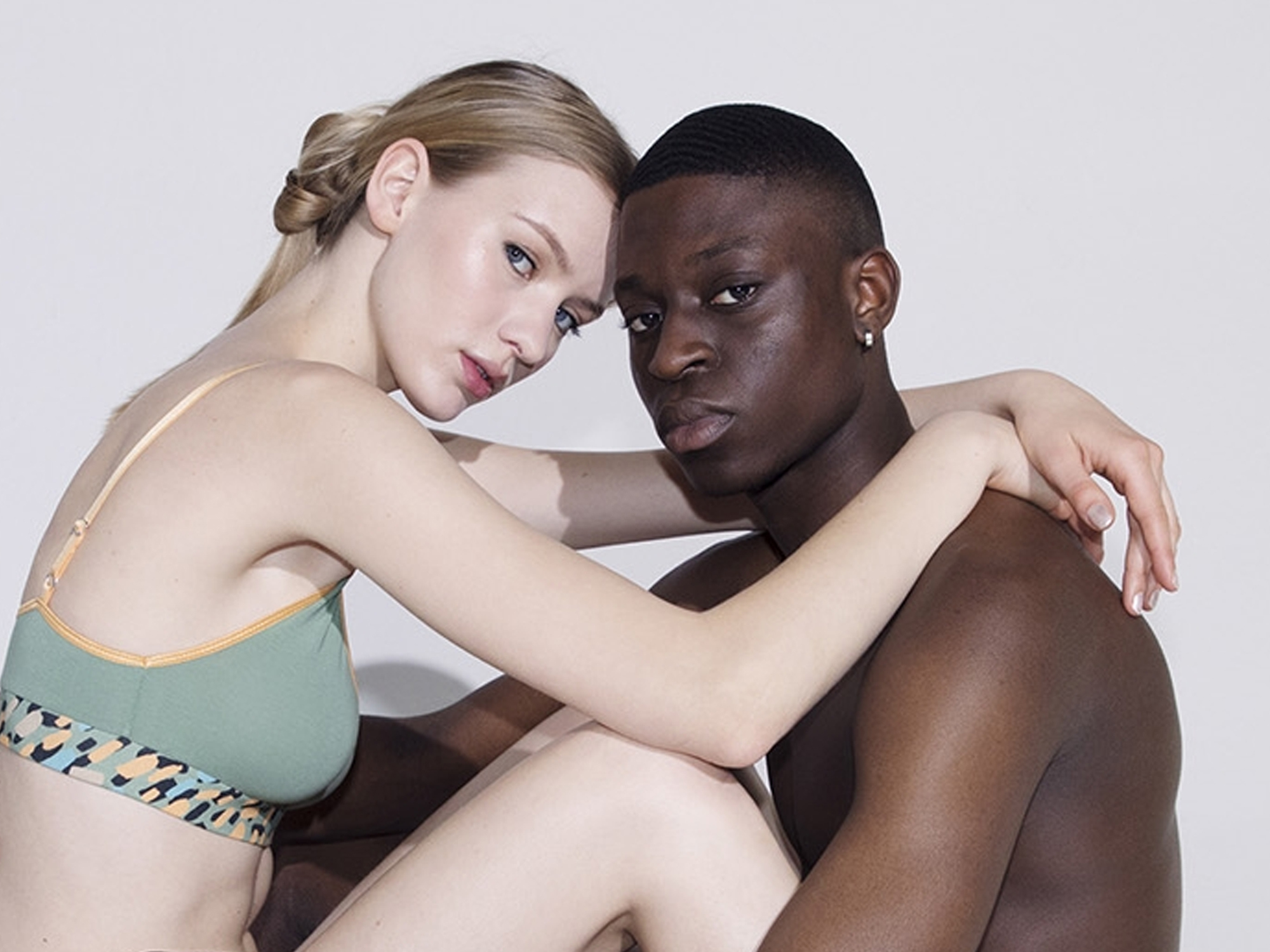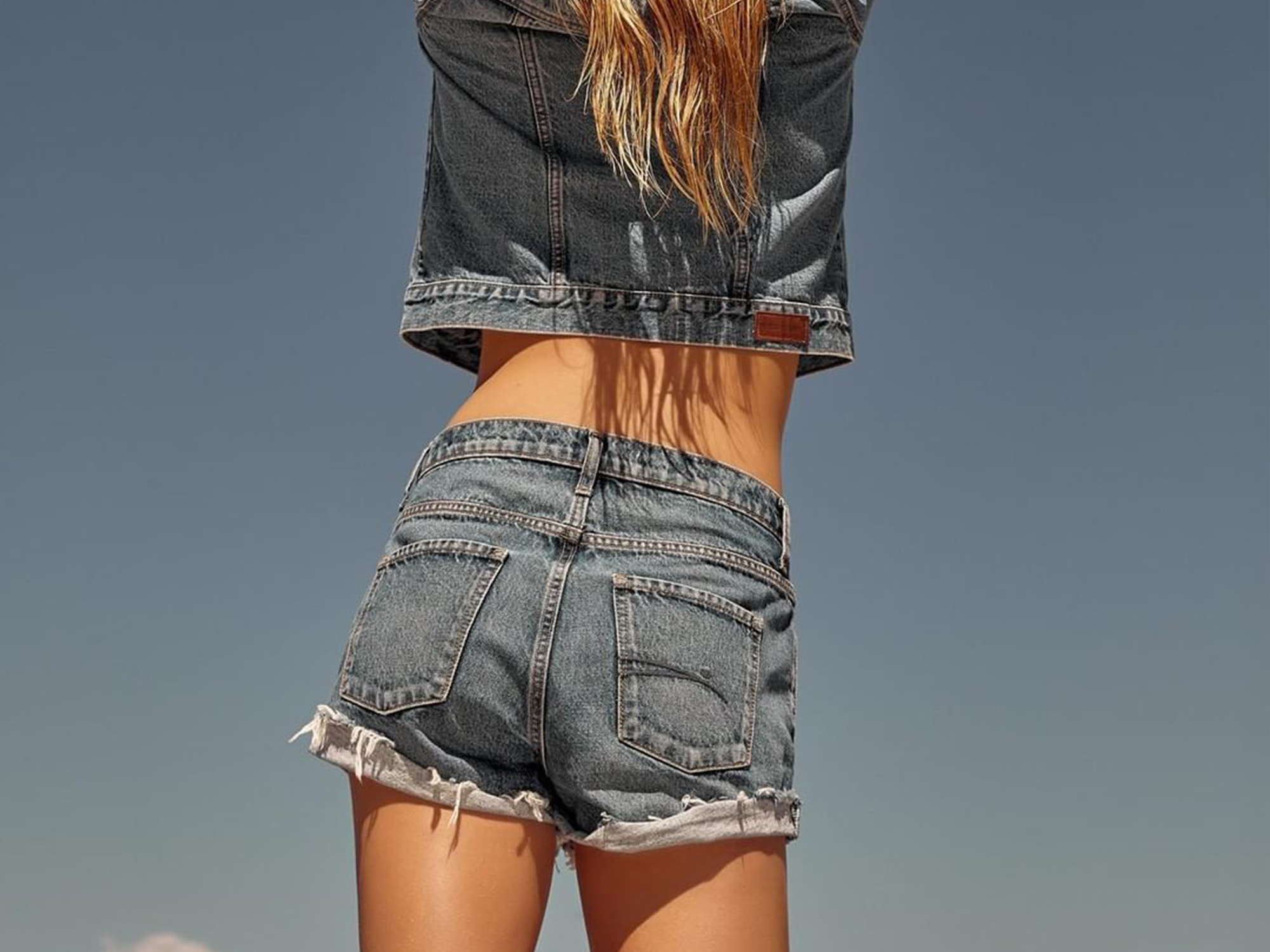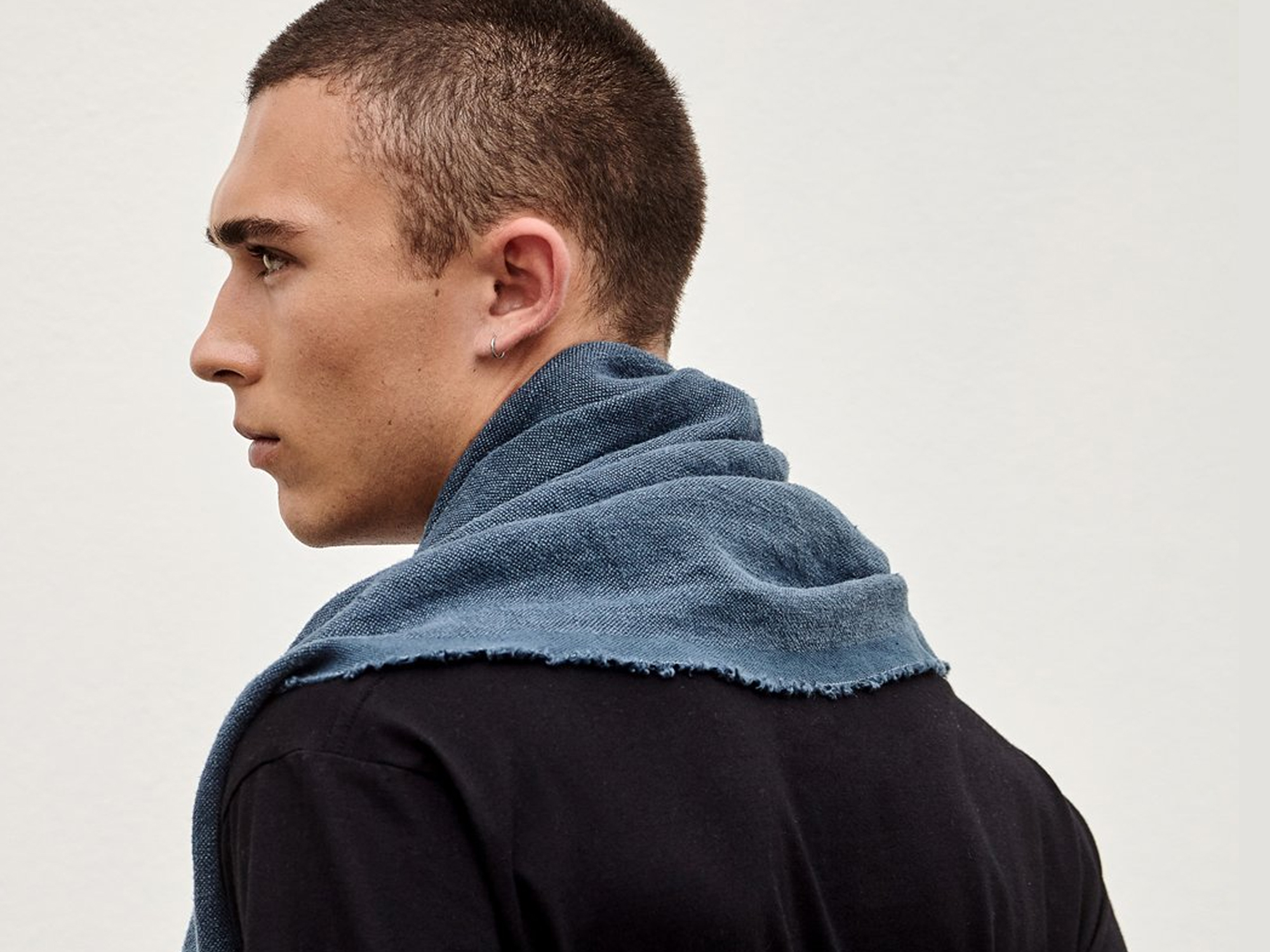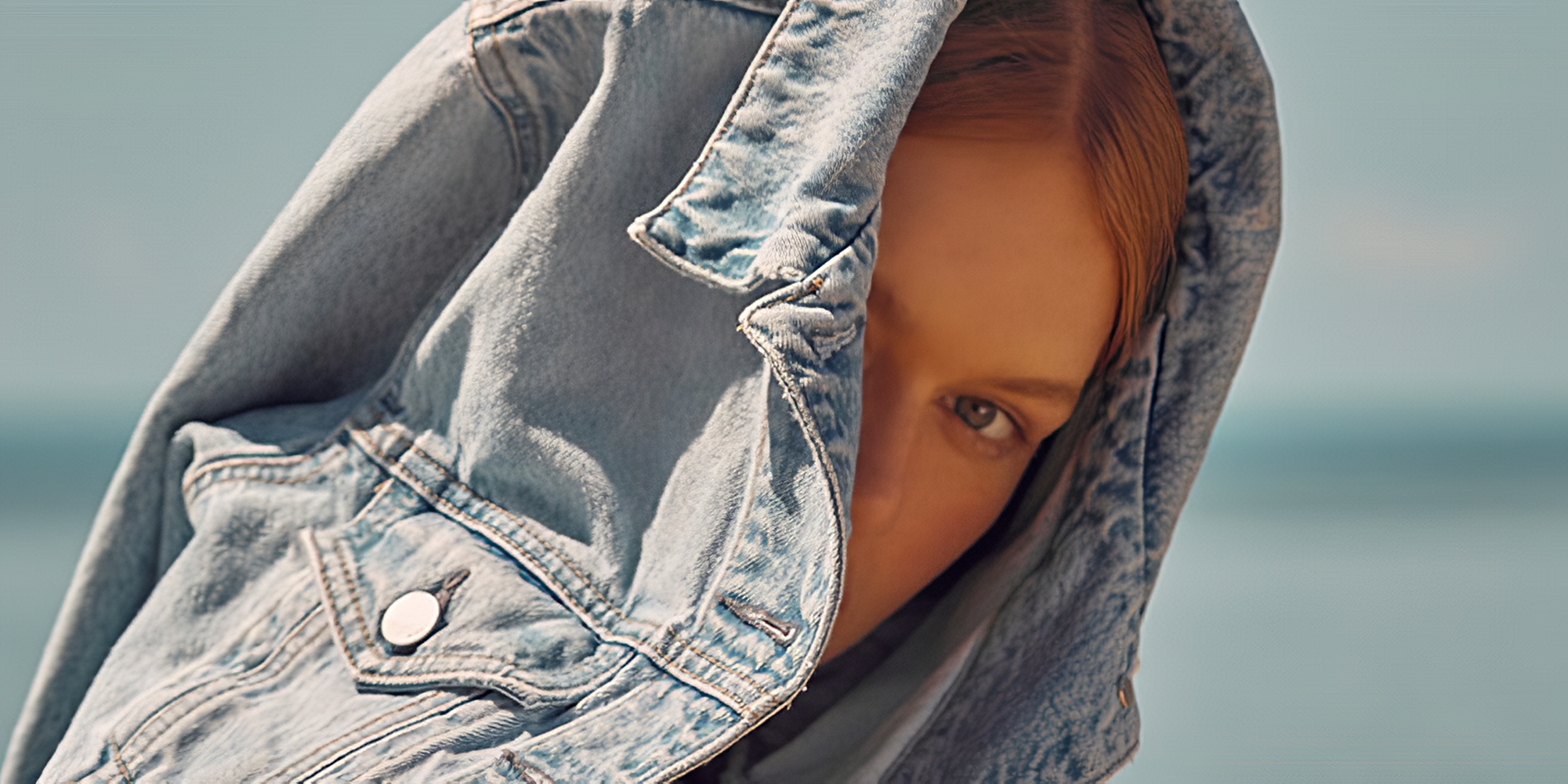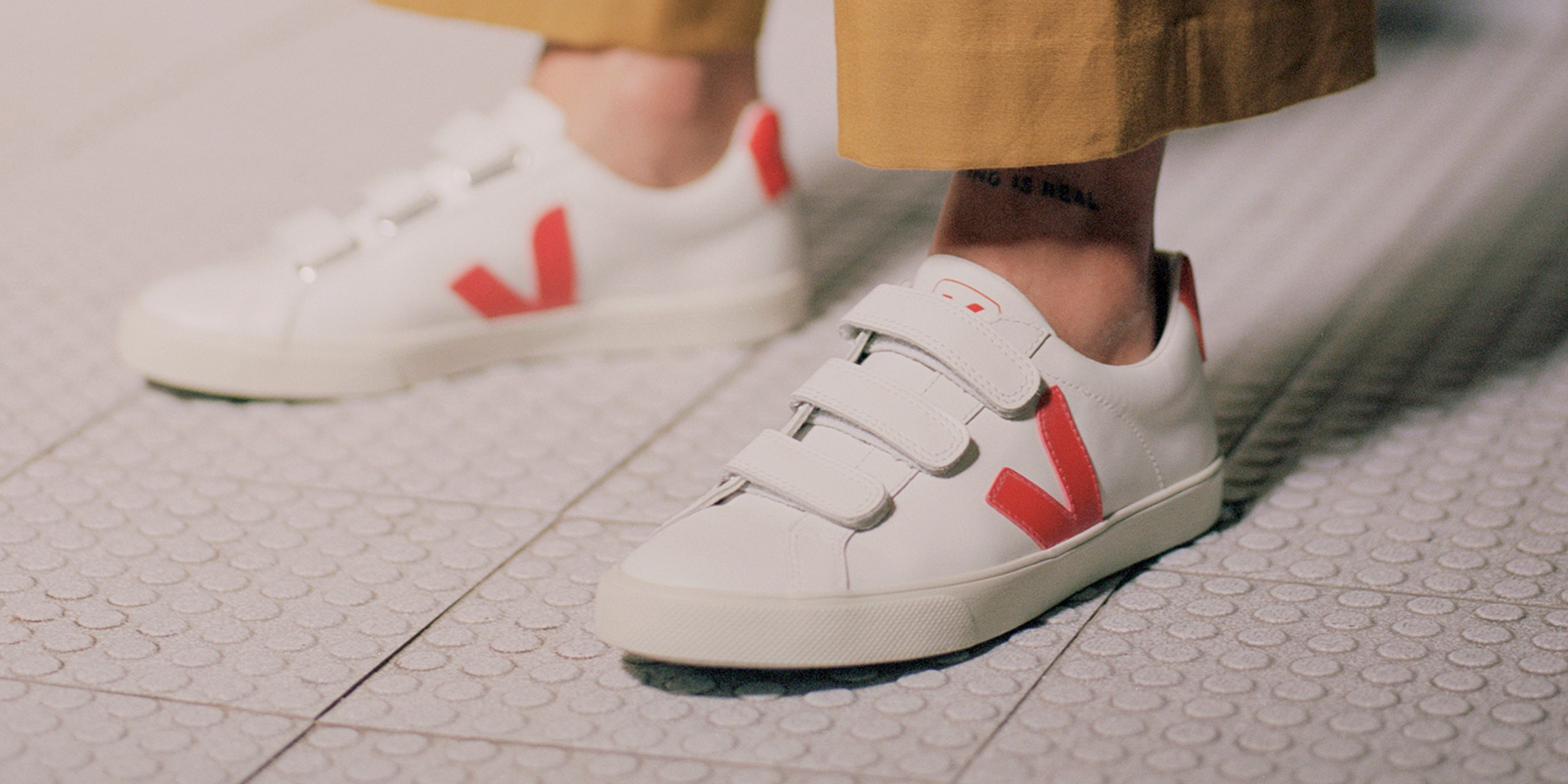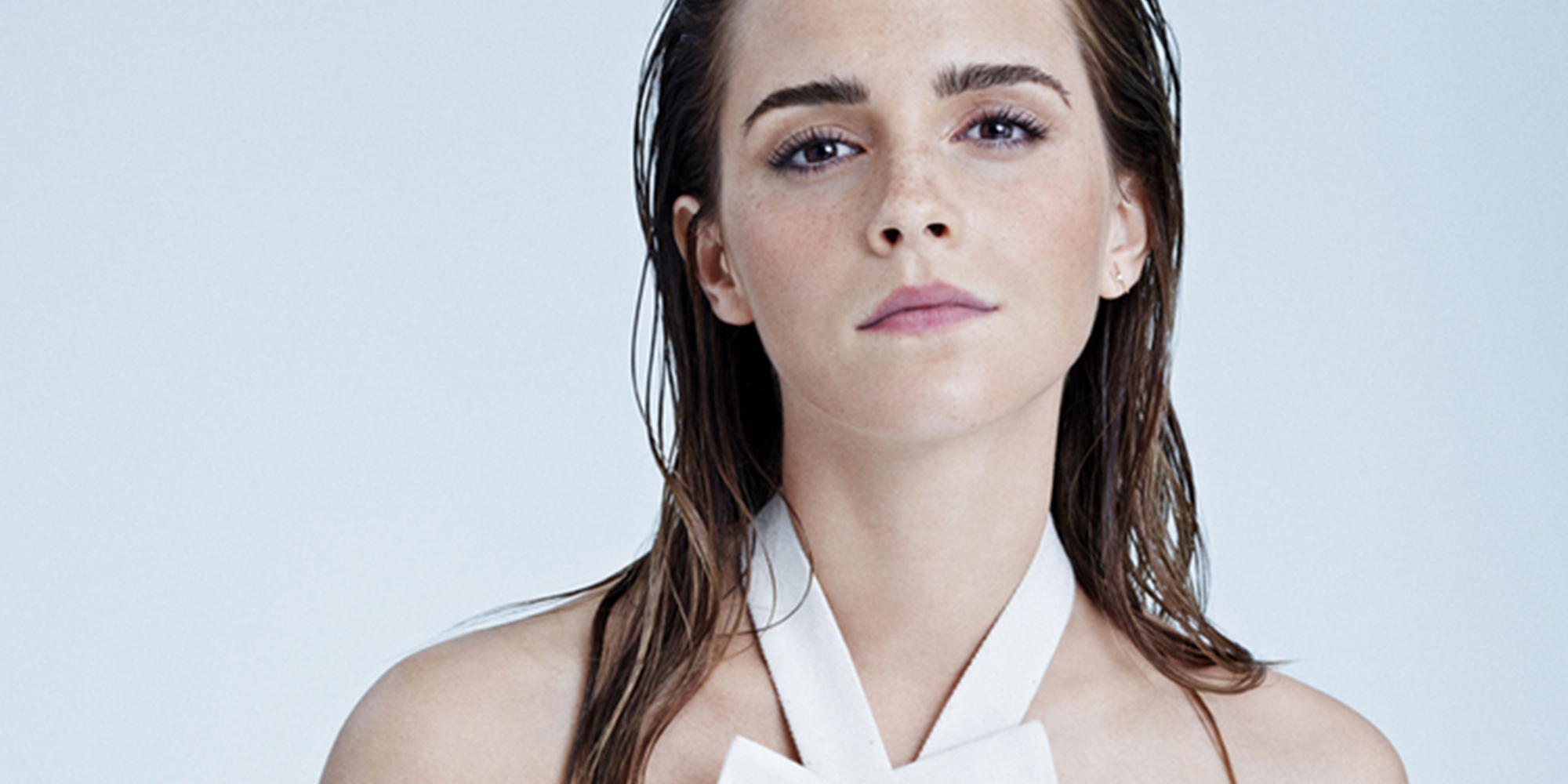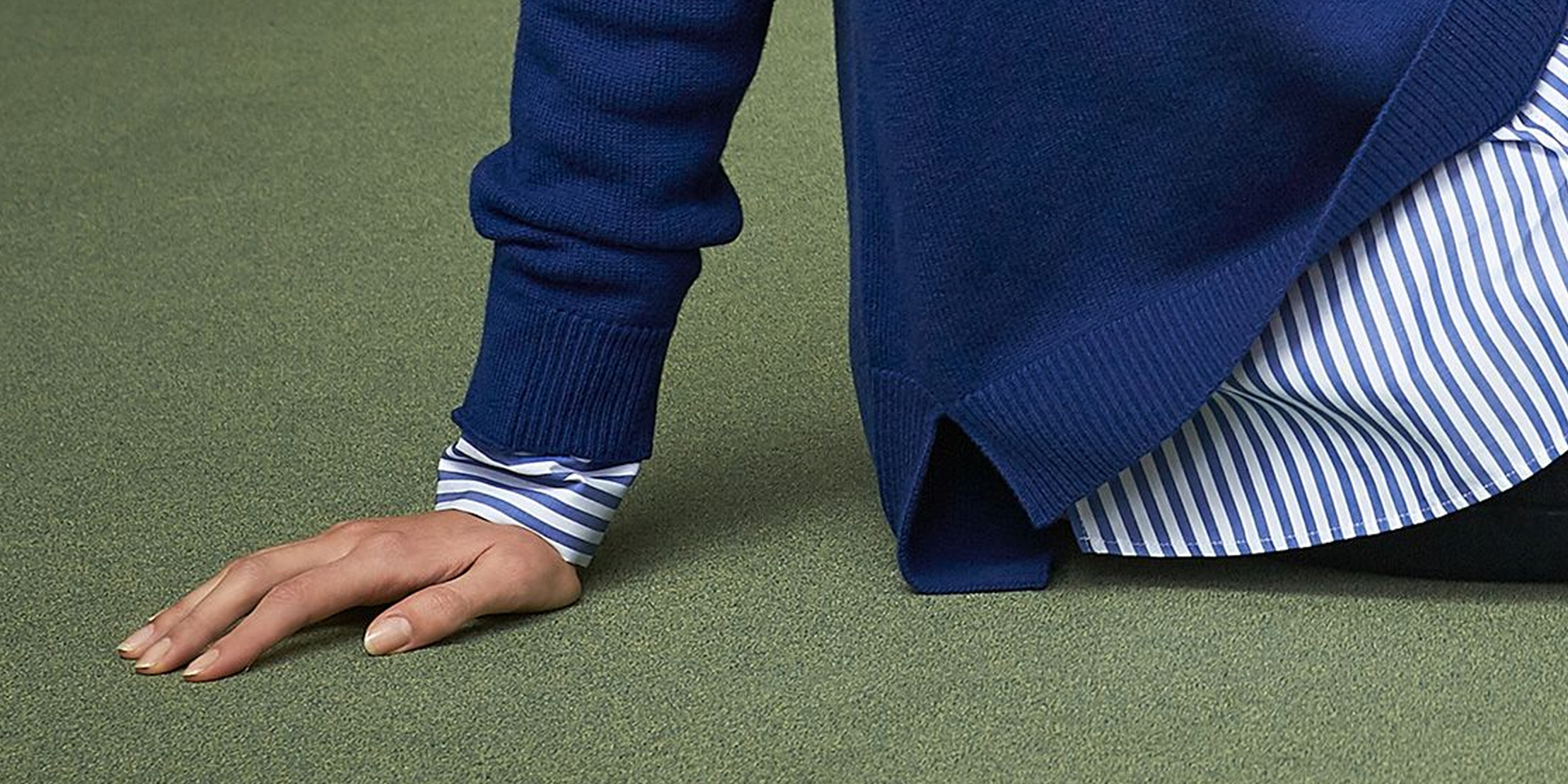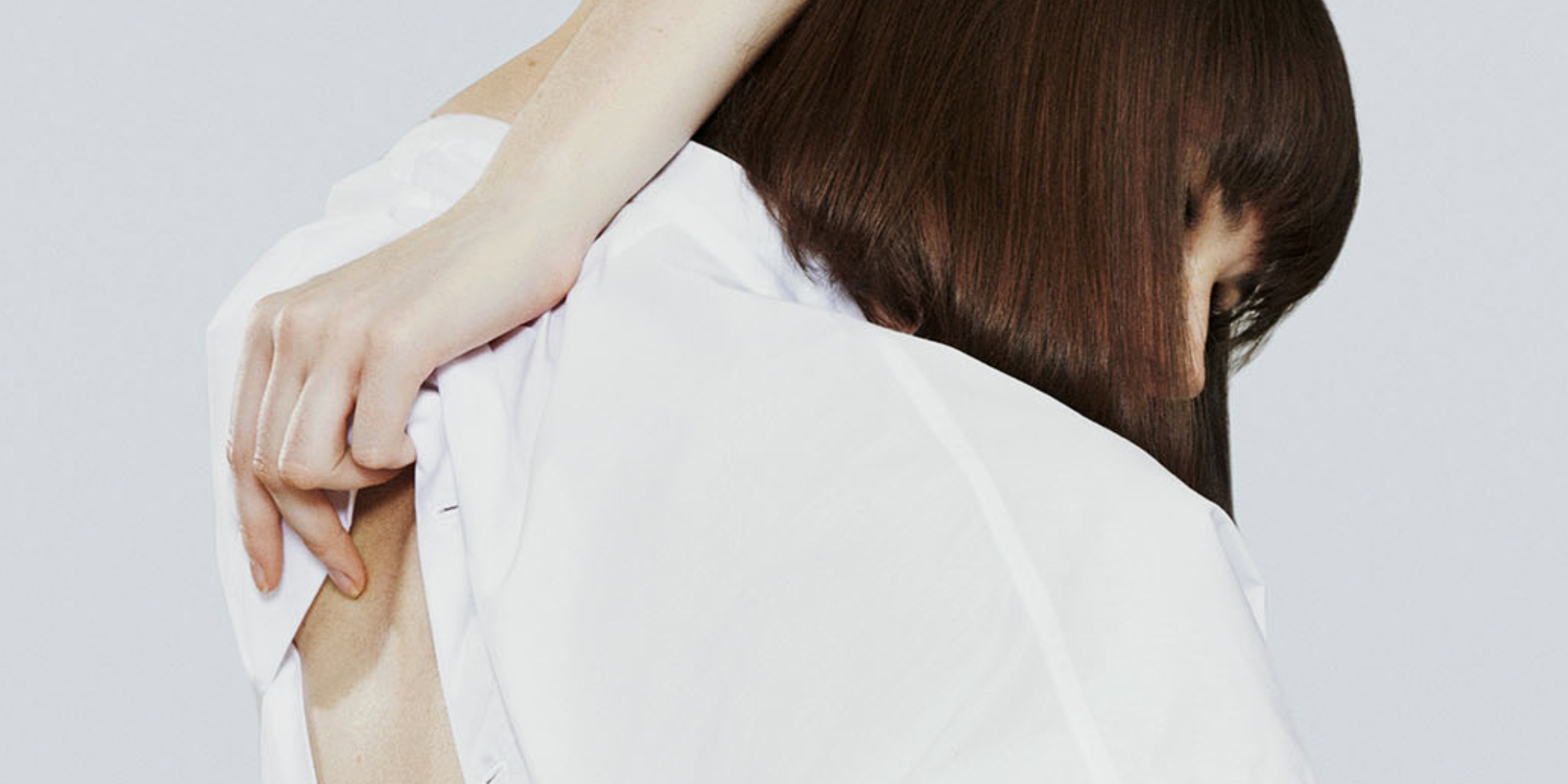Our editors curate highly rated brands that are first assessed by our rigorous ratings system. Buying through our links may earn us a commission—supporting the work we do. Learn more.
We rated more than 1000 fashion brands in 2024, amidst a landscape of changing sustainability legislation, countless news reports about SHEIN, and a tumultuous time for sustainable fashion startups. Read on for a roundup of this year’s biggest sustainable fashion moments, and the best and worst rated fashion brands.
2024 in fashion news
As 2024 draws to a close, we’ve looked at the data for the brands we rated this year to bring you an insight into which ones are doing the work to reduce their impact—and which aren’t. If you read our COP29 report, you’ll already know that of 5,800 brands in our database, only 9.6% scored “Good” or “Great” across all areas (environment, labour, and animal welfare), while 43% of the most profitable brands analysed get the two lowest ratings for environment, “Not Good Enough” and “Very Poor”. That aligns with something we’re seeing in our top-rated brands this year—all 10 are small and independent labels, showing that bigger brands simply haven’t been doing enough in 2024.
Of course, it’s impossible to look back at fashion in 2024 without acknowledging everything else that is happening around us. Like 2023, this year has seen challenging times, not least because of evolving political landscapes the world over, wars in Gaza and Ukraine, the development of AI, and the climate crisis, which is having a direct effect on those in the fashion supply chain.
More sustainable brands need support
Challenging economies and policy shifts away from climate commitments have created a perfect storm for businesses. This year, Good On You has seen a number of small, more sustainable brands close down or pivot their business models, while next-generation material manufacturer Renewcell filed for bankruptcy in February due to low demand (though it has now secured a future). Even well-known companies aren’t immune—sustainability advocate Mara Hoffman shuttered her namesake brand in May, noting in a letter published online: “For anyone in this industry, specifically within the sustainability movement, you are aware that it has been far from easy on so many levels.”
It’s not easy for consumers either, as living costs rise and many look to cut their spending. If budget is blocking you from supporting more ethical brands, then take a look at our affordable brands roundup, and bookmark our offers wrap to stay up to date with discounts from better brands.
Luxury fashion’s reputation is tarnishing
On the other end of the scale, luxury brands are only increasing their prices—and reports suggest that shoppers aren’t on board with the hikes, instead opting for “dupes” or investing in second-hand styles instead—the latter is, in fact, a win for sustainable fashion, because it is better for the planet. And two of the world’s most popular luxury fashion brands, Dior and Giorgio Armani, were this year discovered to have some serious labour violations in their Italian supply chains, while Loro Piana’s underpayment of vicuña herders in its supply chain was also scrutinised. In 2024, luxury’s shine has diminished, so perhaps it’s unsurprising that more luxury brands than last year are in our worst 10 brands list. There is some good news, though. Luxury group Kering, for example, has set a new standard for the fashion industry with fresh environmental targets in line with the Science-Based Targets initiative.
Fast fashion isn’t slowing down
We lost count of the news reports featuring ultra fast fashion retailer SHEIN this year, many of which have been about the toxic chemicals Seoul’s city government has been finding in its products. Zara owner Inditex, meanwhile, has been increasing its air freight to get products to its distribution hub quicker US loopholes for shipping. And in April, the dark side of yet another fast fashion brand was revealed in HBO’s Brandy Hellville and The Cult of Fast Fashion documentary. But as these brands—and many others like them—continue in their race to the bottom, governments, regulators, and activists are working tirelessly to slow them down. The Italian Competition Authority, for instance, is investigating SHEIN’s greenwashing tactics, and US regulators blocked it from filing an IPO over concerns about labour violations in its supply chain, while the EU is taking action against Temu for failing to prevent the sale of illegal products. And legislators all over the world are proposing laws to hold these brands accountable.
More legislation is on the way
Speaking to Good On You in April, Liv Simpliciano, policy director at Fashion Revolution, called for more binding legislation as “a foundational step toward driving change forward.” Fashion brands, she said, could no longer be trusted to make voluntary sustainability commitments.
This year, the biggest stories of legislative action have come from the EU, where in July, the much-discussed Ecodesign for Sustainable Products Regulation (ESPR) came into force. The regulation will include a ban on the destruction of textiles and footwear, and a mandate for digital product passports, but brands and retailers still have a lot of questions about how everything will work—there’ll be a plan published for it in 2025. And negotiations continue on the proposed Green Claims Directive, which aims to stop companies making misleading claims about their sustainability and impact.
Elsewhere, California passed the Responsible Textile Recovery Act which will mandate producers and others in the value chain to take responsibility for their products and textiles across their entire lifecycle. Laws and regulations aren’t perfect, but they do help to set standards and hold companies accountable, which is vital to creating a more sustainable fashion industry.
The role of Good On You’s ratings
A growing number of shoppers are better than ever at seeing through shallow and untrue claims in the industry and are using their voice to demand positive change. As fashion’s leading source of brand ratings, we’ve observed more and more consumers checking the big brands’ records and opting to go second-hand or support more sustainable, independent designers.
With over 6,000 fashion brand ratings now live on the directory and in the app, and more coming every day, it’s easier than ever to compare brands’ impacts on the issues that matter most. But for those wondering who the standouts are on both ends of the spectrum, this survey highlights the brands that score the lowest and the highest based on our world-leading methodology.
And finally, onto the list—here is our roundup of the best and worst fashion brands of 2024.
10 of the worst rated brands “We Avoid”
In our brand directory of over 6,000 brands, of those rated in 2024, there are 48 that score 0—that’s less than in 2023, when 100 brands scored 0. Unfortunately, many brands aren’t transparent and are scoring the lowest possible since we have little to no information about their impacts. These brands get no points, and they’re sitting below brands that are also bad, even if they receive a small amount of points for disclosing some information. These 48 brands also include luxury brands, which by their nature may not have the same issues in their supply chain, but have the same responsibility to be transparent. And unfortunately, many are not.
The list also includes ultra fast fashion brands that create cheap clothing at breakneck speeds, and they’re all rated “We Avoid”, our lowest score. They are making no headway or concrete effort for people, the planet, or animals across the supply chain and are notorious for poor quality clothing that often ends up in landfill after just a few wears.
Ultra-fast fashion brands like SHEIN and Temu represent the worst of the worst—and their impacts are intensifying. Both brands were not rerated in 2024 (they’re due for a rerate this year), which is why they are not on the list. We anticipate their score will be just as low. This list reflects brands that are similarly inactive and lacking transparency: here are 10 other recently rated brands that “We Avoid”.
- Hot Topic
- NAF NAF
- Brandy Melville
- Charlotte Russe
- Talbots
- Naked Wardrobe
- Tory Burch
- Max Mara
- Savage x Fenty
- Escada
10 of the highest rated brands doing “Great”
While it’s important to call out those poorly rated brands that are harming the planet and its inhabitants, the best part about what we do at Good On You is discovering and sharing “Good” and “Great” fashion brands that care about reducing their impact. These are 10 of the highest rated brands of 2024 that deserve your support, all scoring highly across the board for their efforts. All 10 brands in this list are small, and that demonstrates something we keep seeing, year on year—the largest brands with the most power to effect change simply aren’t playing their part.
While a “Great” rated brand isn’t perfect, and there are countless micro brands out there we haven’t rated yet that are undoubtedly ahead of the curve, too, the brands rating at the high end of our rating system, like those listed below, are making solid progress.

